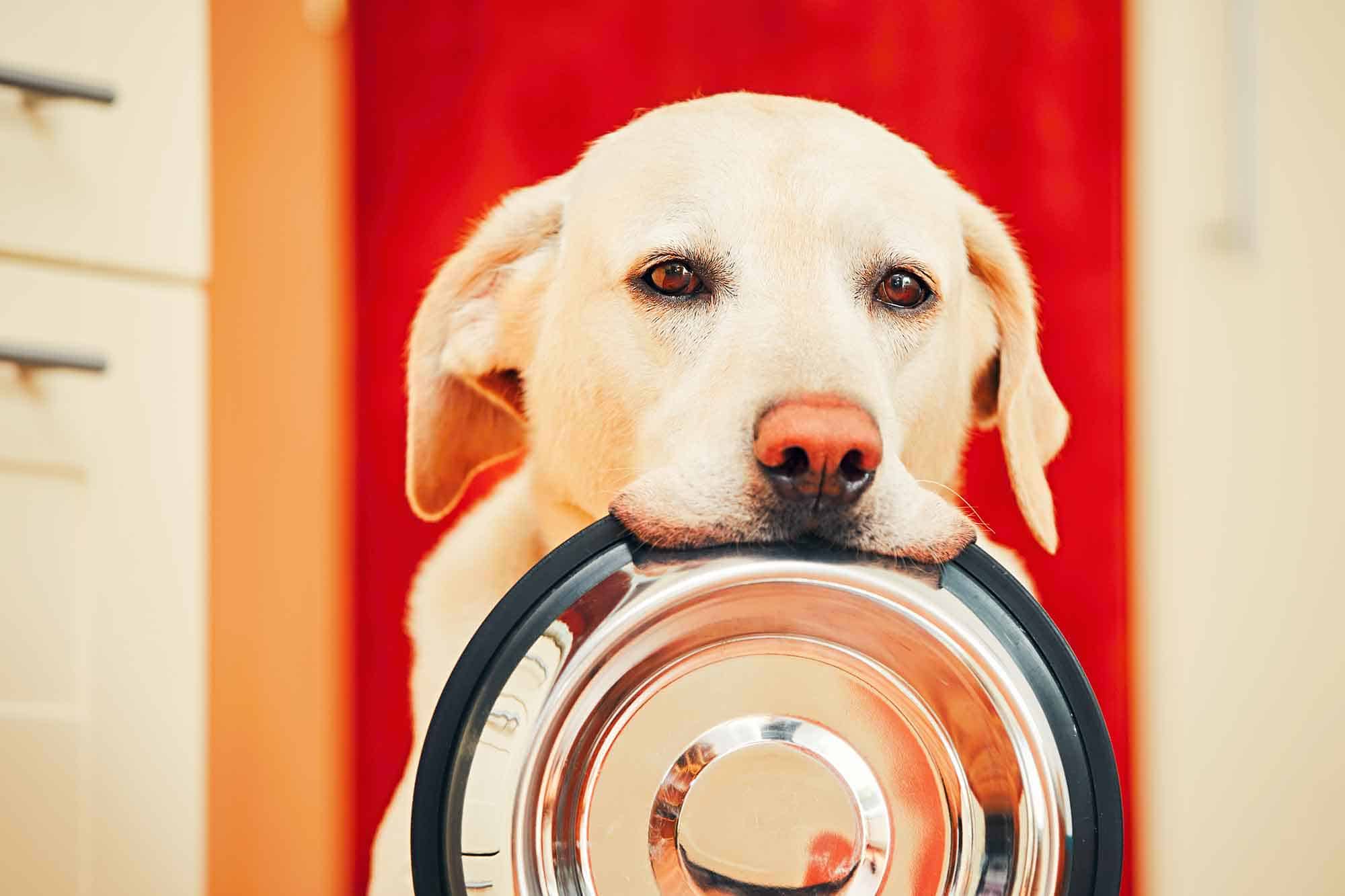Happy Meals: What’s the Right Food Bowl for Your Pet?
 It’s easy to make the connection between larger measurements of food and rising obesity rates. However, choosing the right food bowl for your pet plays a big part as well. Weighing the size, materials, and general look of your pet’s dishes isn’t always easy, and sometimes, the products just don’t work at home.
It’s easy to make the connection between larger measurements of food and rising obesity rates. However, choosing the right food bowl for your pet plays a big part as well. Weighing the size, materials, and general look of your pet’s dishes isn’t always easy, and sometimes, the products just don’t work at home.
Ratio
Meeting your pet’s nutritional needs everyday is a leading contributor towards overall health. While it may not seem to matter all that much how your pet gets their food and water (i.e., the bowls you use), all the right components must be aligned for the correct fit.
Material Pet
It’s overwhelming to take in the average pet store’s inventory of food and water bowls. The sheer variety can freeze a pet owner in their tracks. Which ones do you like? What will your pet gravitate towards? They might not always be the same. Between stainless steel, ceramic, and plastic, which one is the best food bowl for your pet?
- Plastic – Many plastic bowls on the market are durable, stable on the floor, and long-lasting. They can turn into chew toys for larger togs, leading to illness or injury. Also, plastic bowls can trigger allergies, stain, and can easily develop a bacteria-laden film if not dealt with daily. Lastly, choose from products clearly labeled BPA-free and phthalate-free.
- Stainless steel – Possibly the longest lasting material, stainless steel bowls are usually not the quietest. A rubber coating on the bottom will reduce sliding on the floor. They’re easy to sanitize, but because most stainless steel is recycled, there are concerns about lead and even radiation. Always consult your store or manufacturer.
- Ceramic/stoneware – While stylish, pottery is porous and requires daily scouring. The glazes may have a high lead content, so check with the manufacturer before filling with food and water. If chipped, replace immediately, as bacteria can grow and can cause cuts or abrasions (or worse, if eaten).
A Perfect Food Bowl for Your Pet
A larger bowl holds more food, right? A large bowl with a deceptively small portion can lead to overfeeding. The right food bowl for your pet will hold the right sized portion. No more, no less.
Other considerations include your pet’s anatomy. Do they have a long snout? Abundant whiskers? Long, floppy ears? A shallow dish that’s about twice the width of their face will go a long way towards successful mealtimes.
Some pet bowls are designed to help with quick eating. Specially-designed bowls filled with ridges can slow down eating, leading to beneficial, satisfied feelings.
Some pets, including seniors, prefer eating out of bowls that are set into a raised platform.
Keep Them Clean
Whatever you decide is the right food bowl for your pet, be sure to keep it clean. Old food, bacteria, insects, and other pests can cause illness from food bowls. Likewise, water bowls can become slimy after a while and can even lead to infections.
It may seem like an overly simple idea, but keeping your pet’s dishes tidy every day can make a big difference to health and wellness. As with anything related to your pet’s happiness, please call us with any questions or concerns.
